
October 2013
- VISION PROTECTION: Tips for Delivering a Comprehensive Safety Eyewear Program
- FOOD SAFETY: Carrying Out pH Testing in the Food Industry
- CHEMICAL SAFETY/SDS: Chemical Management on the Go--What's New in Mobile Solutions
- CHEMICAL SAFETY/SDS: Newest HazCom Chemical Hazard: GHS Classification Shock
- EMERGENCY SHOWERS & EYEWASH: The 10-Second Race: Better Eyewash Stations Reduce Injury
- EMERGENCY SHOWERS & EYEWASH: Eyewash Safety: Keeping Water in the Comfort Zone
- ELECTRICAL SAFETY: Analyzing Electrical Hazards in the Workplace
- ELECTRICAL SAFETY: Electrical Safety Basics: Not Exactly Shocking
- SLIP & FALL: How Slip-Resistant Shoes Can Put Money in Your Company's Pocket
- FIRE SAFETY: Fire Extinguisher Training Best Practices
- HEALTH & WELLNESS: Taking Hazards From the Home to the Workplace
Cover Story

By Daniel Birch, David Iannelli
Every employer should make it a safety priority for its workers to operate with clear vision in their workplace and surroundings.
Features

By Dennis K. Neitzel
It is a common misconception that arc hazards are an effect of only high voltage. The actual arc hazard is based on available energy, not available voltage.

By Paul Burnside
While there are a variety of other variables and protocols to be followed to ensure our food supply remains safe, a basic understanding of pH and how it is measured is crucial to food production.
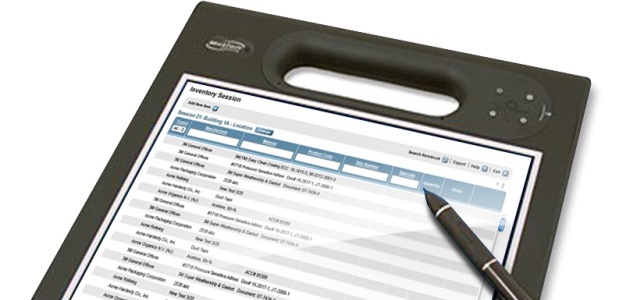
By Kraig Haberer
It's critical to ensure that key chemical safety information and inventory management functions are readily available and at the fingertips of your personnel.

By Ryan O'Donnell
Talking about the best fire extinguisher for each situation is essential in any fire safety training program.
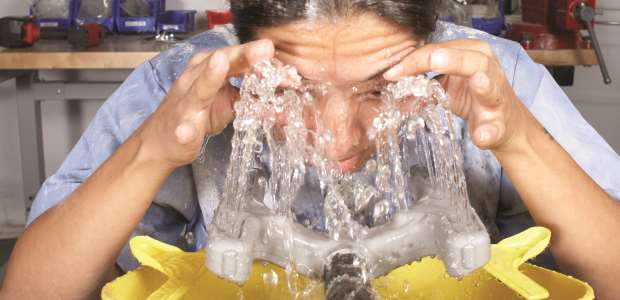
By Ryan Pfund
Make sure your equipment delivers ANSI-required tepid water to eye and eye/face washes to encourage a full 15- minute flush.
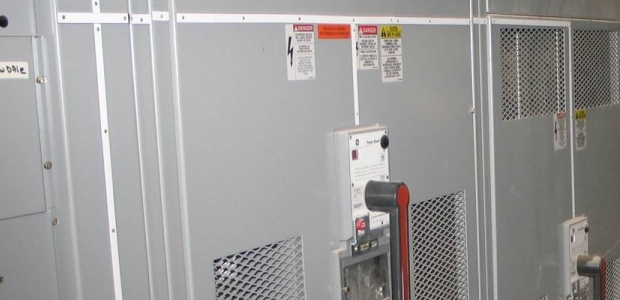
By Keith Bilger
Factor in all of the challenges before attempting a project and be ready to go to plan B should your initial plan hit a snag.
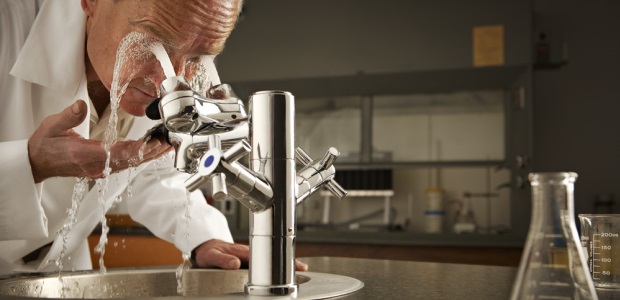
By Imants Stiebris, Steven H. Miller
A key benefit of the dual-function approach is the independent water supply to the eyewash function, so there is never a danger of hot water being delivered for eye-flushing.
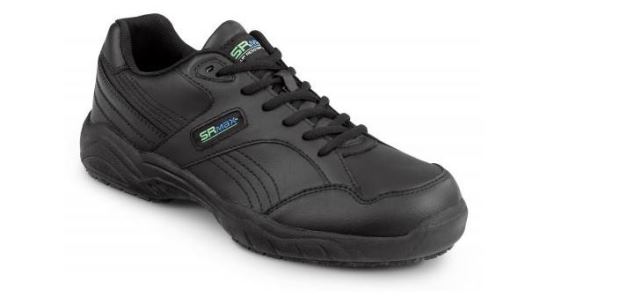
By Pat Kubis
Many shoes labeled as "slip resistant" often are not effective enough for chefs, nurses, and other professionals who are exposed to hazardous floors.
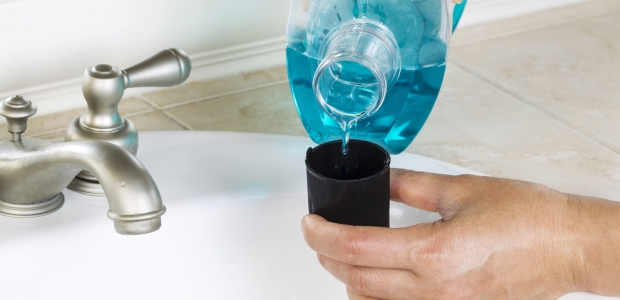
By Ismail El-Amouri, Patricia Wynd, Joe Beck
Over-the-counter remedies and prescription drugs may affect the health of your workers and at the same time may carry over into the work environment.
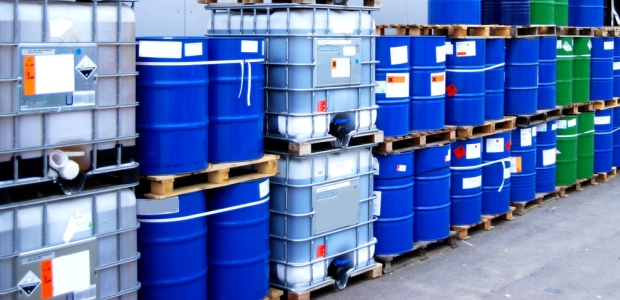
By Glenn D. Trout
Employers should be prepared to address new hazards for chemicals, even for chemicals that have been used in the workplace for years.
Departments
By
Safety is notoriously focused on what not to do with increasing rules and a heavier emphasis on progressive discipline than progressive recognition.
By Robert Pater
I've seen many companies accomplish a lot and then get stuck in place patting themselves on their own backs.
By Jerry Laws
"With one small exception, our decision today brings to an end much of the permanent warfare surrounding the HOS rules."